- Who We Are
- Topics
- By Subject Area
- dummy
- By Level
- Projects
- Projects Column 1
- Agency by Design
- Aligned Programs for the 21st Century
- Artful Thinking
- Arts as Civic Commons
- Causal Learning Projects
- Center for Digital Thriving
- Citizen-Learners: A 21st Century Curriculum and Professional Development Framework
- Creando Comunidades de Indagación (Creating Communities of Inquiry)
- Creating Communities of Innovation
- Cultivating Creative & Civic Capacities
- Cultures of Thinking
- EcoLEARN Projects
- Educating with Digital Dilemmas
- Envisioning Innovation in Education
- Global Children
- Growing Up to Shape Our Place in the World
- Projects Column 2
- Higher Education in the 21st Century
- HipHopEX
- Humanities and the Liberal Arts Assessment (HULA)
- Idea Into Action
- Implementation of The Good Project Lesson Plans
- Inspiring Agents of Change
- Interdisciplinary & Global Studies
- Investigating Impacts of Educational Experiences
- JusticexDesign
- Leadership Education and Playful Pedagogy (LEaPP)
- Leading Learning that Matters
- Learning Innovations Laboratory
- Learning Outside-In
- Making Ethics Central to the College Experience
- Making Learning Visible
- Multiple Intelligences
- Navigating Workplace Changes
- Next Level Lab
- Projects Column 3
- Out of Eden Learn
- Pedagogy of Play
- Reimagining Digital Well-being
- Re-imagining Migration
- ROUNDS
- Signature Pedagogies in Global Education
- Talking With Artists Who Teach
- Teaching for Understanding
- The Good Project
- The Studio Thinking Project
- The World in DC
- Transformative Repair
- Visible Thinking
- Witness Tree: Ambassador for Life in a Changing Environment
- View All Projects
- Projects Column 1
- Resources
- Professional Development
Project Zero’s exploration of creativity can be described in three waves. The first wave identified creativity as an individual act of human invention, delving deeply into distinct portraits of creativity embodied by creative “giants”, as well as how breakthrough thinking and cognitive insight operate in the creative processes of artists. The second wave situated creativity within complex systems, exploring how knowledge and cognition are distributed across objects, individuals, artifacts, and tools in the environment. The current wave frames creativity as cultural participation, such as school cultures that value and support playful learning, or maker-centered movements that encourage learners to look closely, explore complexity, and find opportunity.
BIG QUESTIONS
-
What is creativity and how does it develop?
-
How have conceptions of creativity changed (and how are they changing)?
-
How do we introduce issues of access and equity into the creativity in education conversation?
-
What will the creativity of the future look like?
PZ PERSPECTIVES
-
Creativity and the arts are inherently linked, but the arts are not the only domain where creativity takes flight.
-
Creativity is a distributed and participatory process.
-
Creativity exists at the intersection of the individual, the domain, and the field.
-
Individuals are not creative, ideas are creative.


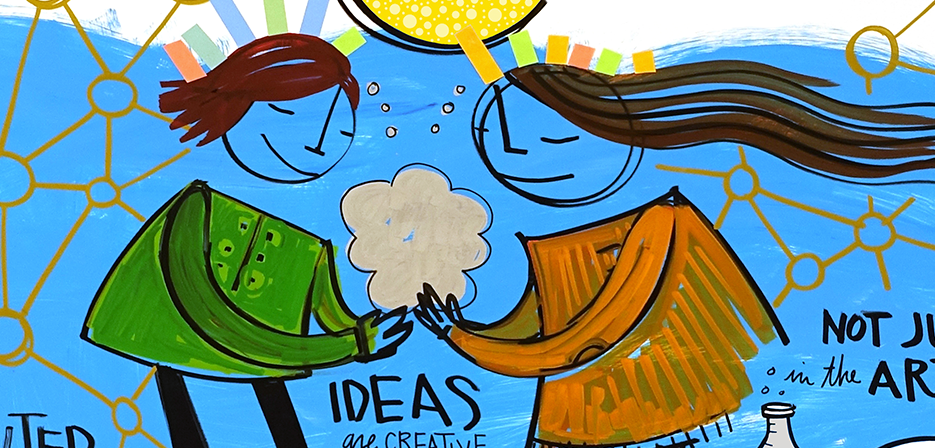
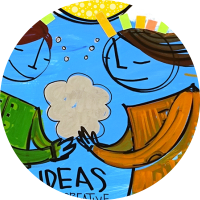
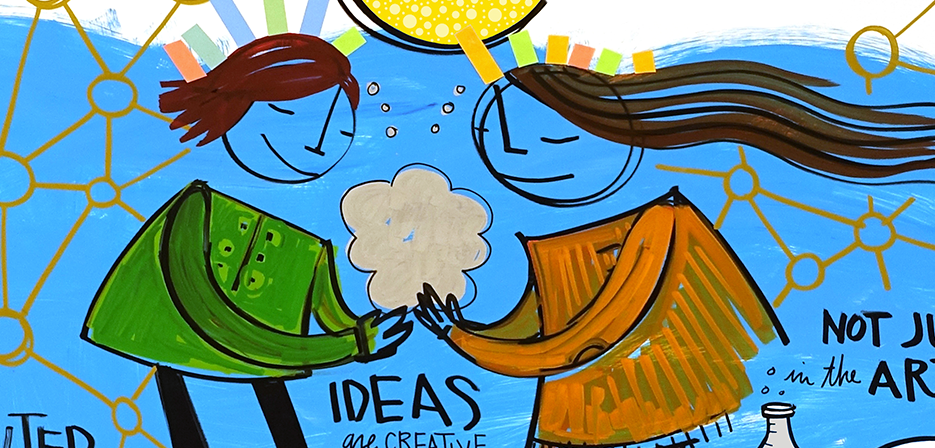
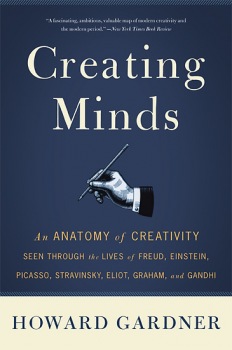
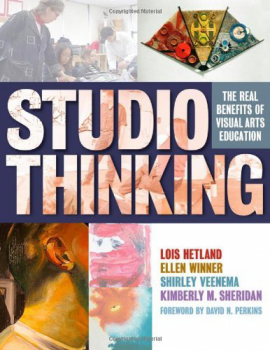
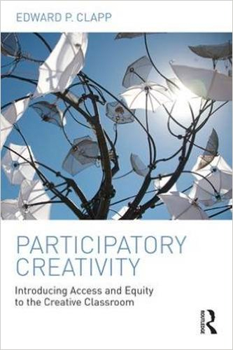
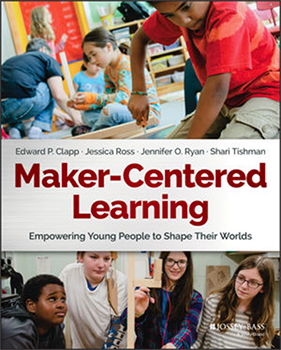

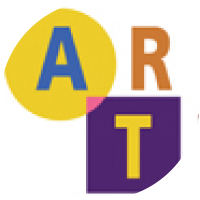

-
-
-
Support PZ's Reach